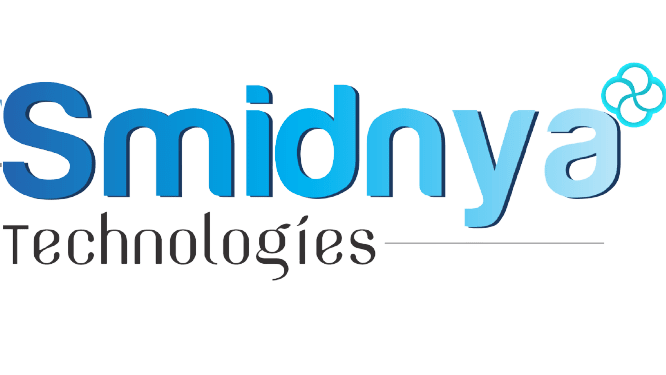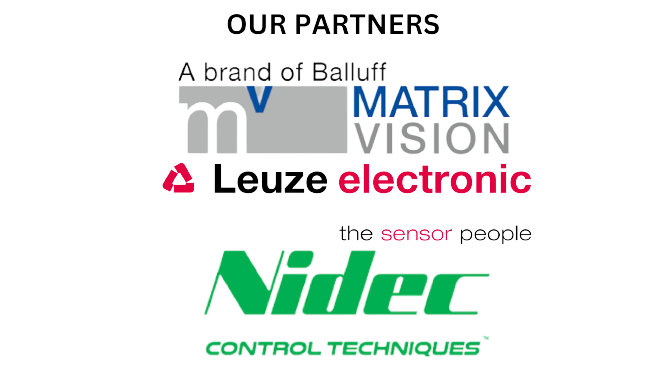How are track and trace solutions used in food production?
Track and trace solutions are used in food production through a combination of technology, processes, and data management to enable the identification, tracking, and tracing of food products and ingredients as they move through the various stages of the production process. Here's an overview of how track and trace solutions are typically used in food production:
Product identification: Each food product or ingredient is assigned a unique identifier, such as a barcode, QR code, RFID tag, or a combination of identifiers. This identifier serves as a digital "license plate" that allows the product or ingredient to be uniquely identified and tracked throughout the production process.
Data capture: As food products or ingredients are processed, data is captured at various points in the production process using scanners, sensors, or other data capture devices. This data may include information such as product specifications, batch numbers, lot numbers, production timestamps, and quality control results. The captured data is typically stored in a centralized database or a cloud-based system.
Data integration: The captured data is integrated with other relevant data, such as data from other production-related systems, such as enterprise resource planning (ERP) systems, quality management systems (QMS), and inventory management systems. This integration allows for real-time visibility and traceability of food products or ingredients as they move through the production process.
Traceability: With the integrated data, food manufacturers can trace the movement of products or ingredients at each stage of the production process. This includes tracking the source of raw materials, recording processing steps, and monitoring transportation and storage conditions. Traceability helps identify the source of any issues or deviations, enabling prompt corrective actions.
Recordkeeping and documentation: Track and trace solutions in food production often require thorough recordkeeping and documentation to demonstrate compliance with regulations, industry standards, and internal quality control processes. This may include capturing and managing data related to food safety plans, quality checks, certifications, and other relevant information.
Recall management: In case of a product recall, track and trace solutions play a critical role in efficient recall management. By quickly identifying the affected products based on the unique identifiers and the captured data, manufacturers can initiate targeted recalls, minimizing the scope and cost of recalls and protecting consumer safety.
Reporting and analytics: Food manufacturers can use reporting and analytics tools to gain insights from the captured data, such as identifying trends, analyzing production efficiencies, and conducting root cause analyses for quality issues. These insights can be used to drive continuous improvement initiatives and optimize production processes.
Verification and authentication: Track and trace solutions may also include mechanisms for verifying and authenticating food products, such as using tamper-evident packaging, anti-counterfeiting technologies, or blockchain-based solutions, to ensure the integrity and authenticity of products.
Overall, track and trace solutions in food production are used for product identification, data capture, data integration, traceability, recordkeeping, recall management, reporting and analytics, and verification and authentication, to enable real-time visibility, traceability, and quality control throughout the food production process.

